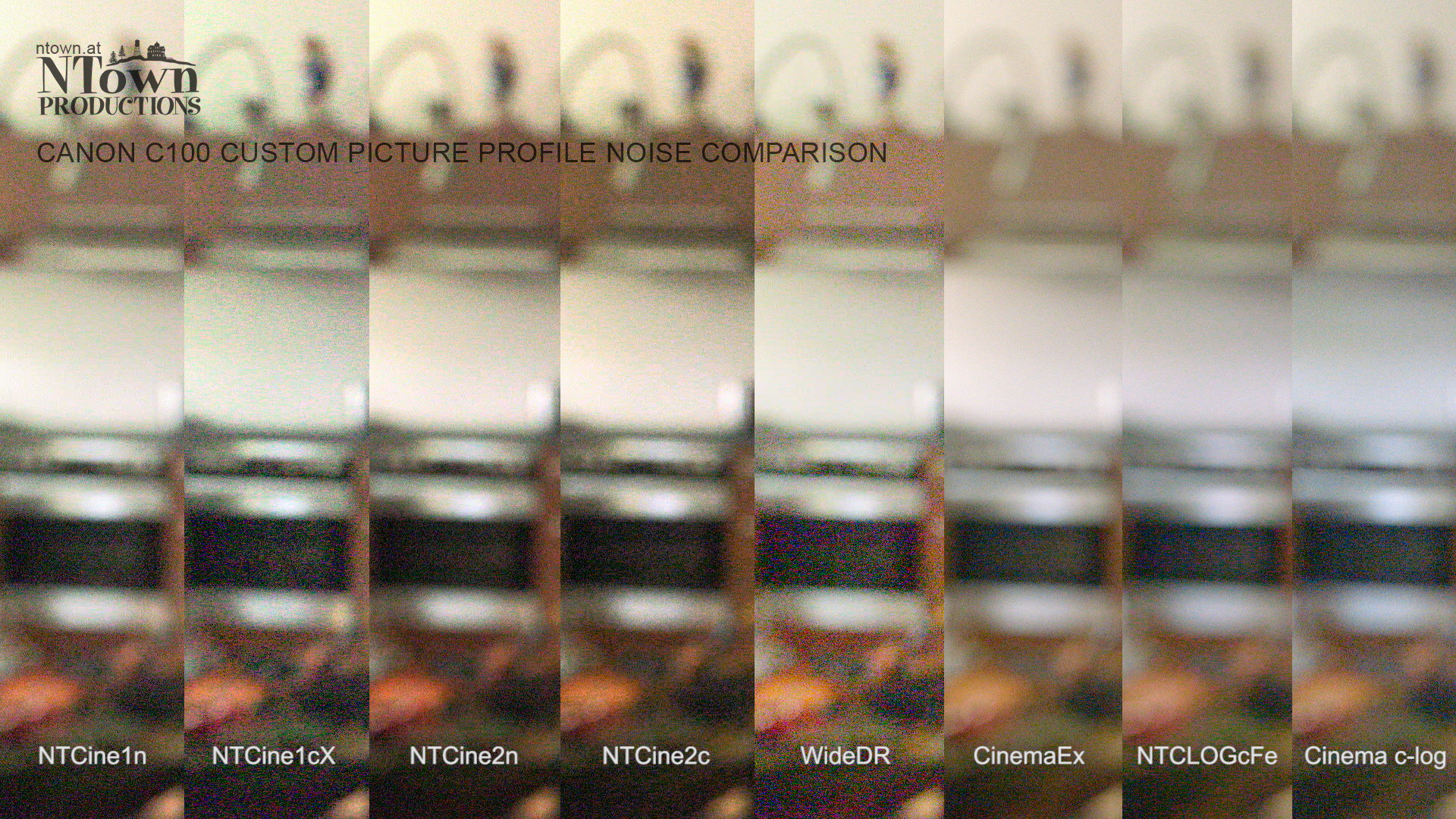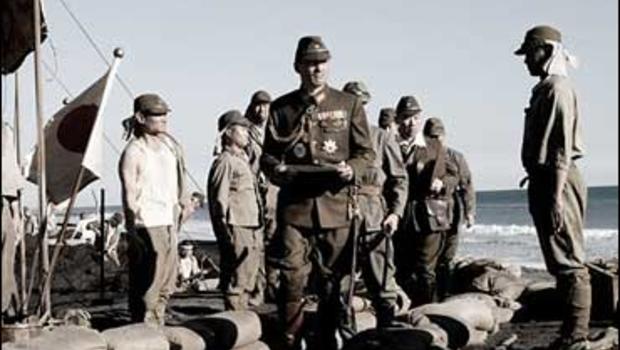Canon Custom Picture Styles
NTCLOGc – Alternative c-log Custom Picture Style for Canon C100/C300
NTCLOGc – Custom Picture Profile
Download-links to the free Custom Picture Styles below. Download CINEMAEX.cpf file (for Canon EOS-C100) Download CinemaEX.cpf file (for Canon EOS-C300). Canon C100 / C300 Custom Picture Profile Noise Comparison. This test shows the different noise levels when ramping up ISO values on the most used Custom Picture Profiles (CPs) for the. Canon 80D Experience 3 Canon 80D Experience - PREVIEW The Still Photography Guide to Operation and Image Creation with the Canon EOS 80D by: Douglas J.
This is an alternative to the renowned Canon-Log (C-Log) Custom Picture Profile for the Canon C100 and the C300.
NEW: Added the downloadable CP for the Canon C300 (special thanks to Alexander ‘Bobo’ Boboschewski for the C300 support!). This is a slightly improved version of the original C100 CP with better color representation, Vectorscope-calibrated, very nice colors, but still in beta state. Try it out before shooting projects with it.
Download CP for Canon C100 & C300
NTCLOGc Custom Picture Profile [zip] Beta Revision B for Canon C100
NTCLOGc Custom Picture Profile [zip] Beta Revision F for Canon C300
The name of the CP explanes as follows: NT NTown, CLOG c-log gamma & c-log matrix, c means color-corrected (n would mean neutral) and a additional capital letter at the end means that the CP is BETA (version A-Z) and the final version does not have this additional ending letter.
The CP is in it’s test-phase and BETA. But it looks pretty good right now and gives really great vivid colors when graded.
Main difference to the original C-Log is a corrected white balance, a modified color-matrix which gets rid of that slight greenish tone in C-Log and correct black & white levels ranging from 0-100% (unlike original C-log which was ranging from apx. 10-110%).
Skintones will also improve with this CP. They are much more pleasing and nicely showing all color-nuances the face is reflecting.
This CP can be greatly graded with vivid colors and deep shadows. In the video below I pushed the overall saturation to nearly 200% and in addition to that I increased saturation in midtones to apx. 120-140% and the material responds wonderfull the this very intense grading which has pretty deep shadows but retains all the highlights. I used Speedgrade to grade the clips which are recorded with Atomos’ Ninja2 using the DNxHD 220x 10-bit codec which is very clever when interpolating the 8-bit output (or is it more?) of my Canon C100!
When using NTCLOGc The correct exposure for for skintones is around 70%. The exposure is correct if faces and the general image looks brighter than normal. In grading just lower the overall gamma curve to compensate the image brightness distribution against the c-log curve and if you like just add saturation and/or set the tone to you liking.
The image below shows the difference between the original c-log the the modified NTCLOGc:
slide over the image to see the difference
I mentioned the problem with the rised black levels and super-whites in an earlier article and think this is a good alternative CP to the existing c-log Custom Picture Style.
Try it out, test it. Examine it’s skintone behaviour and tell me what you think about it.
I’m working on a range of new Custom Picture Profiles for the Canon C100/C300 so stay tuned!
The movie below is shot entirely with the new NTCLOGc Custom Picture Style recorded in 10-bit with Atomos Ninja2 in DNxHD 220x and graded with Adobe Speedgrade.
This is a growing article with regular updates, so check back from time to time.
Custom Picture Profile Settings
| Subscribe to our Newsletter and get a special discount for our Webshop and a LUT Gift Package! |
 Â
 NTown Studio LUT Master Collection

Your Canon EOS 70D offers Picture Styles, which you can use to further tweak color as well as saturation, contrast, and image sharpening. Sharpening is a software process that adjusts contrast in a way that creates the illusion of slightly sharper focus. The key word here is slightly: Sharpening cannot remedy poor focus but instead produces a subtle tweak to this aspect of your pictures.
The camera offers the following Picture Styles:
Auto: This is the default setting; the camera analyzes the scene and determines which Picture Style is the most appropriate.
Standard: This option captures the image by using the characteristics that Canon offers as suitable for the majority of subjects.
Portrait: This mode reduces sharpening slightly from the amount that’s applied in Standard mode, with the goal of keeping skin texture soft. Color saturation, on the other hand, is slightly increased.
Landscape: In a nod to traditions of landscape photography, this Picture Style emphasizes greens and blues and amps up color saturation and sharpness, resulting in bolder images.
Neutral: This setting reduces saturation and contrast slightly compared to how the camera renders images when the Standard option is selected.
Faithful: The Faithful style is designed to render colors as closely as possible to how your eye perceives them.
Monochrome: This setting produces black-and-white photos — or, to be more precise, grayscale images.Technically speaking, a true black-and-white image contains only black and white, with no shades of gray.
If you set the Quality option to Raw (or Raw + Large/Fine), the camera displays your image on the monitor in black and white during playback. But during the Raw converter process, you can either choose to go with your grayscale version or view and save a full-color version. Or (even better) you can process and save the image once as a grayscale photo and again as a color image.
If you don‘t capture the image in the Raw format, you can’t access the original image colors later. In other words, you’re stuck with only a black-and-white image.
The extent to which Picture Styles affect your image depends on the subject as well as on exposure settings and lighting conditions. The following figure shows you a test shot at each setting (except Auto) to give you a general idea of what to expect. As you can see, the differences are subtle, with the exception of the Monochrome option, of course.
